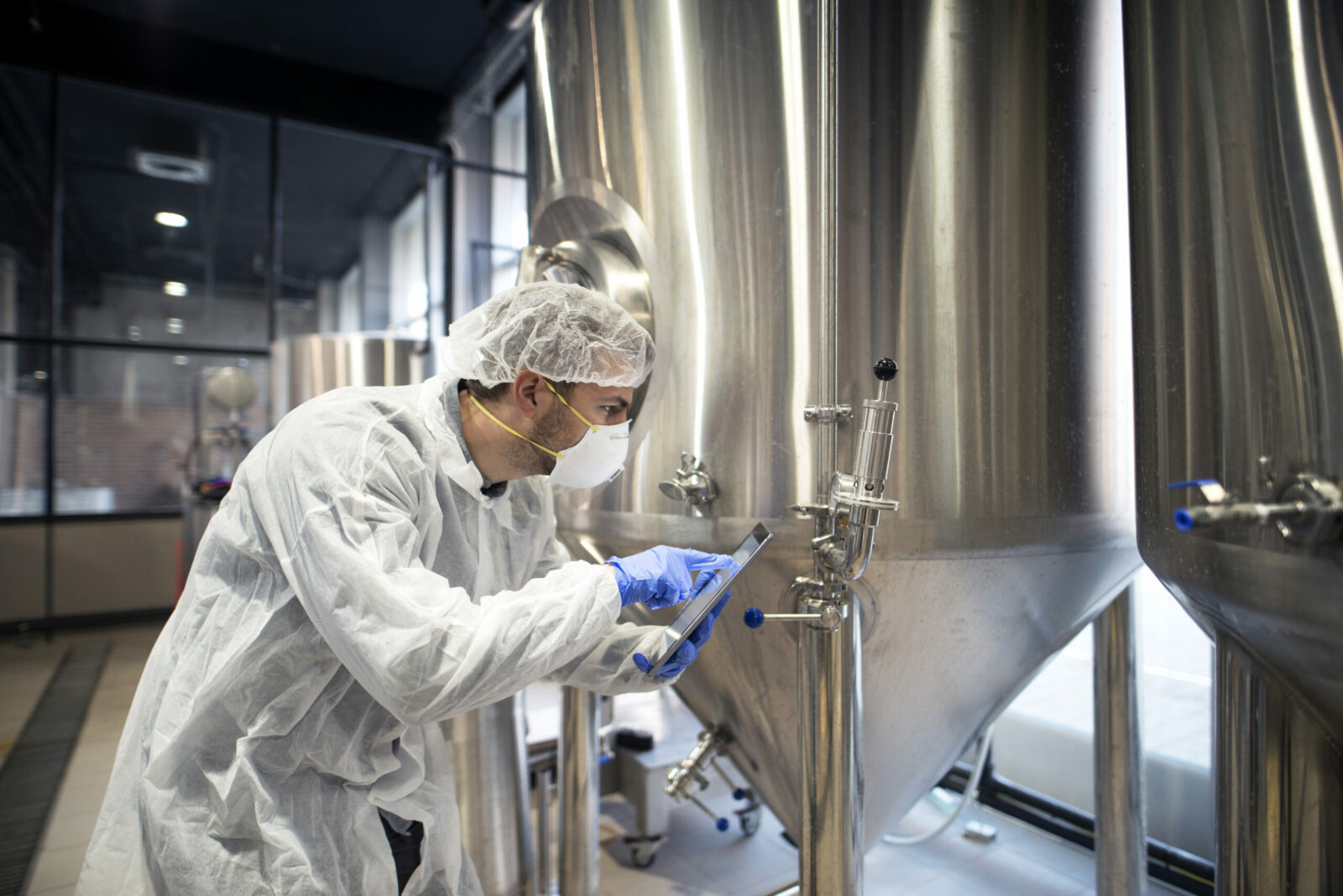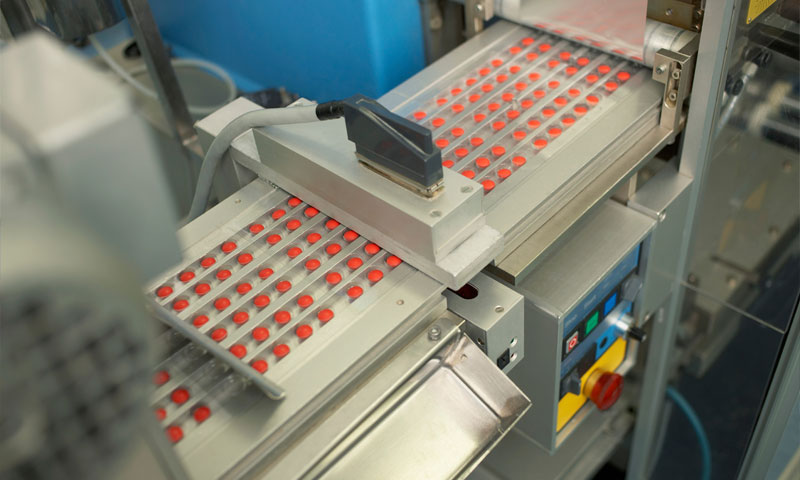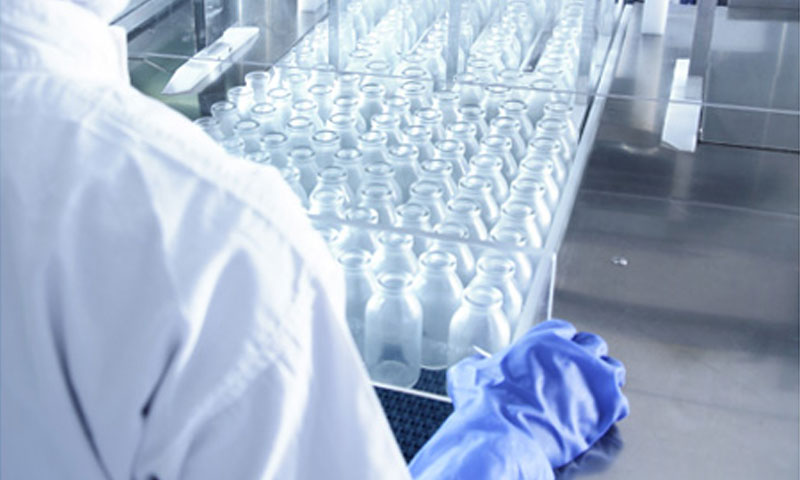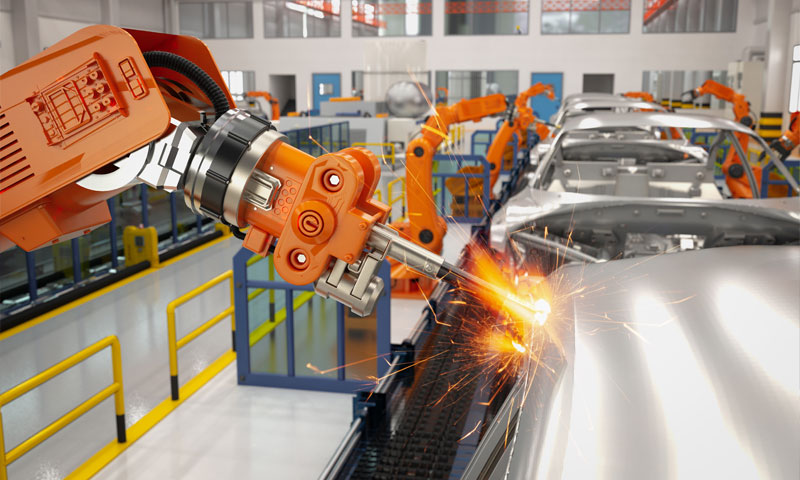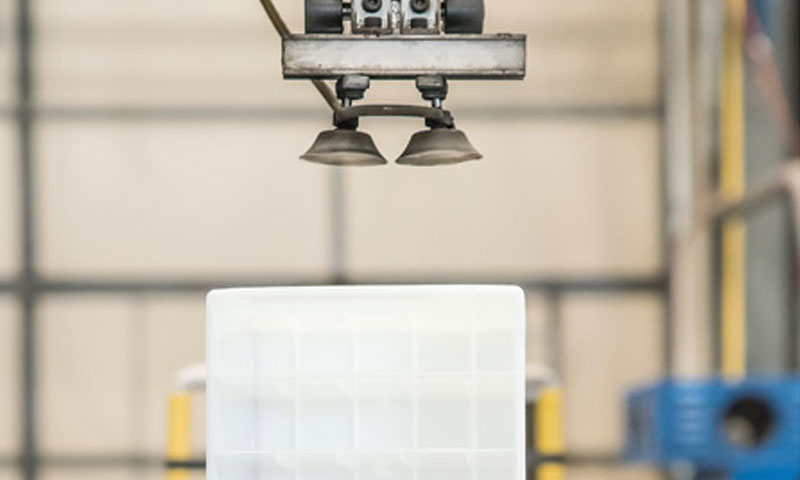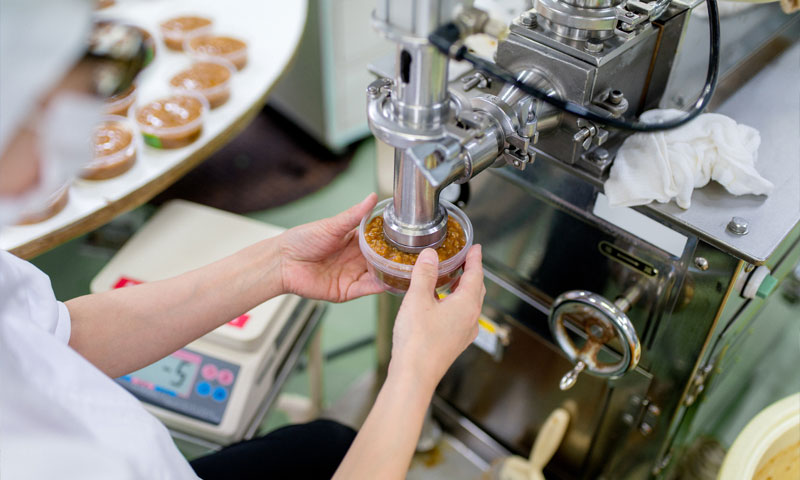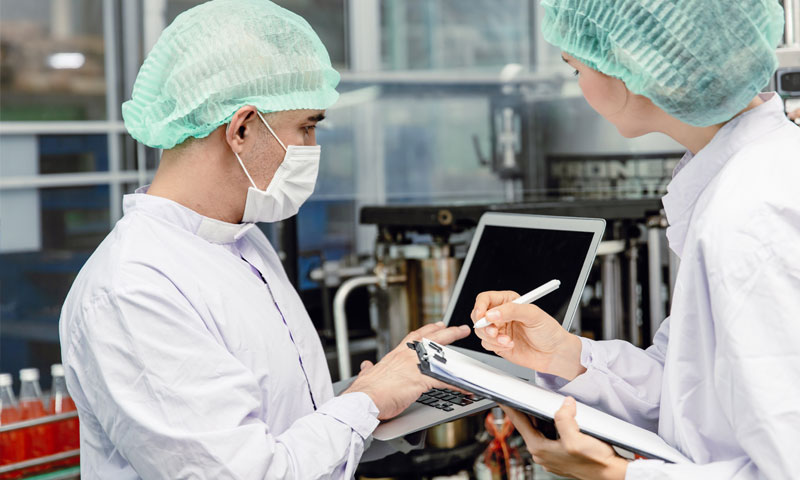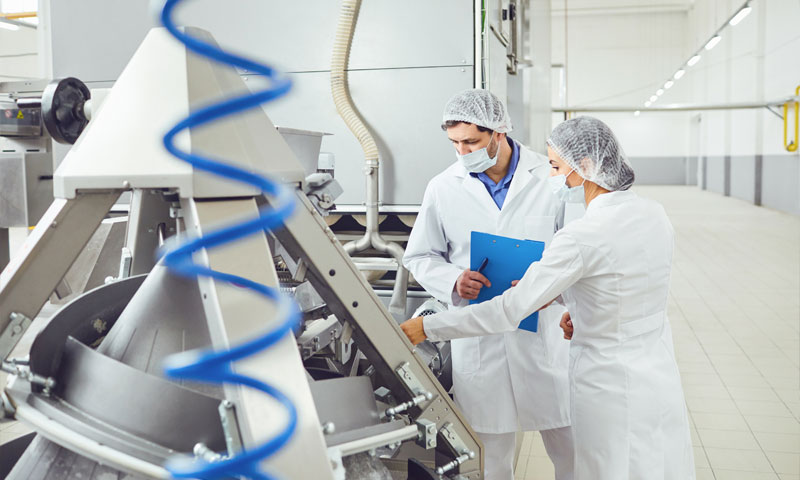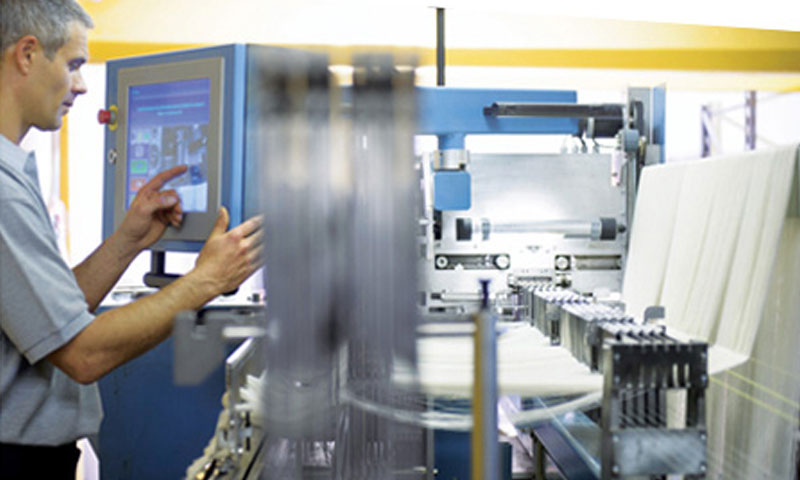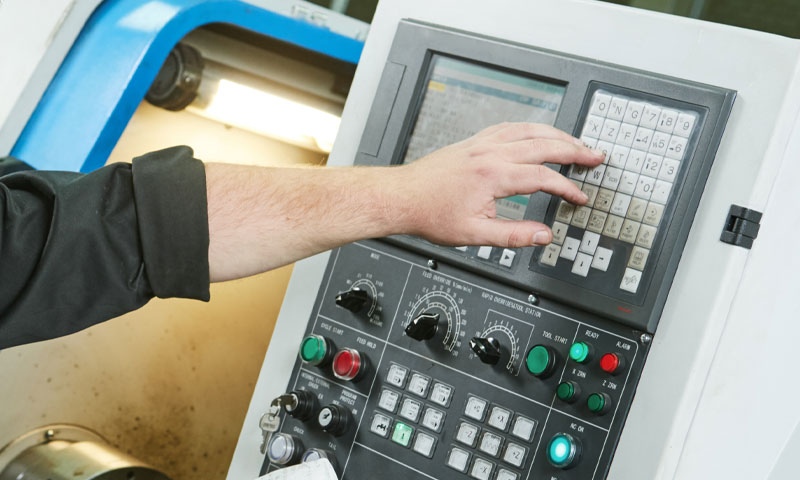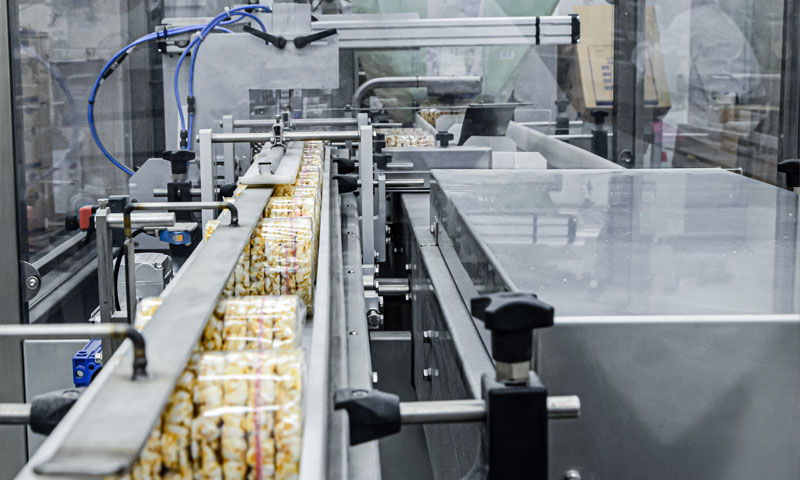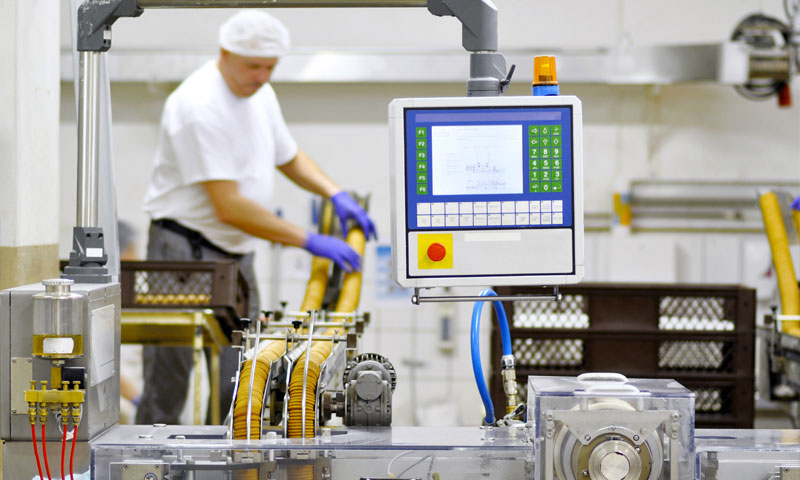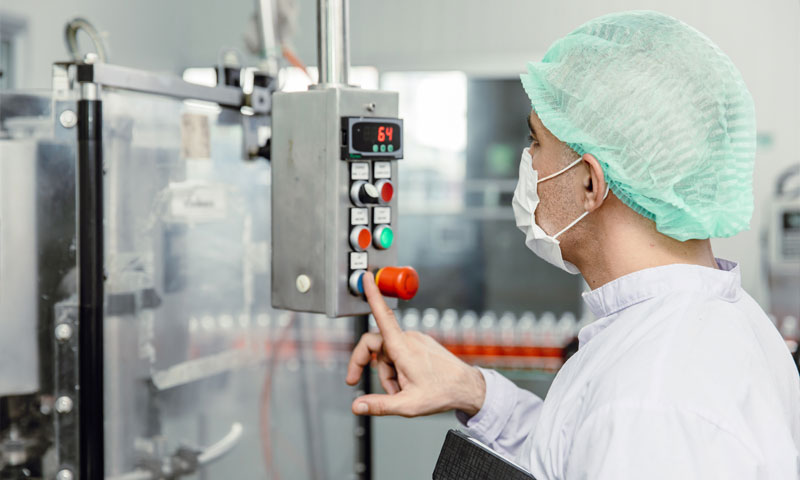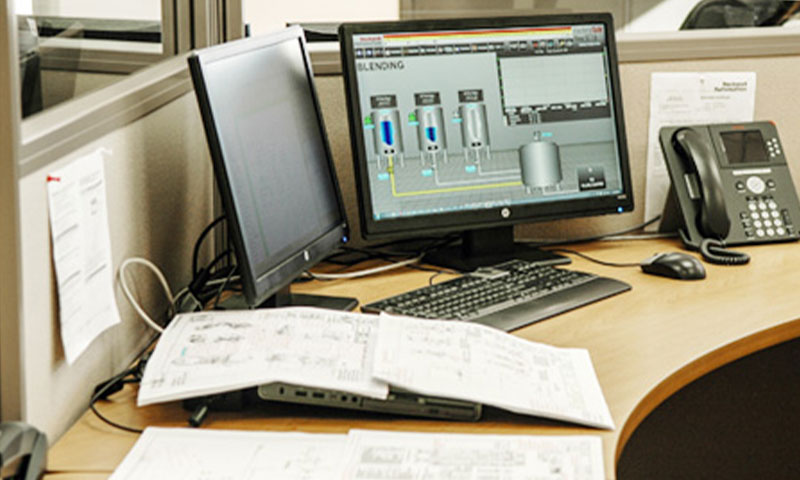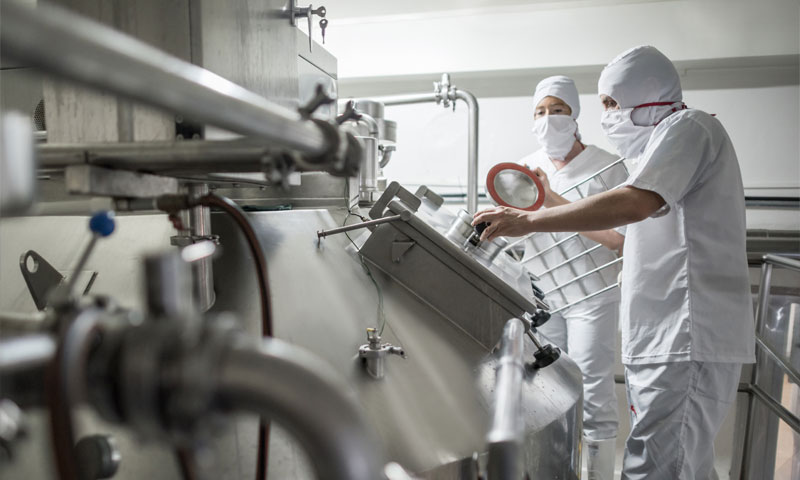Optimizing Clean-in-Place (CIP) Systems Through Automation
In highly regulated manufacturing environments—such as pharmaceutical, biotech, and food and beverage facilities—Clean-in-Place (CIP) systems are essential for maintaining product integrity, operational efficiency, and regulatory compliance. Yet despite their importance, many plants still rely on outdated or semi-automated CIP processes that increase the risk of contamination, waste resources, and lead to extended downtime.
Automating CIP systems isn’t just about keeping equipment clean—it’s about ensuring consistent quality, efficient operations, and real-time traceability. In this blog, we’ll explore why CIP automation matters, how it works, and best practices for modernizing your cleaning processes.
What Is a Clean-in-Place (CIP) System?
CIP systems are designed to clean the interior surfaces of tanks, piping, filters, and associated equipment without the need for disassembly. These systems are crucial in industries where hygiene and sterility are non-negotiable.
Key components of a CIP system include:
- Acid and caustic chemical tanks
- Heat exchangers
- Flow control valves
- Sensors for temperature, flow, and conductivity
- Recipe-based automation logic
A well-designed CIP process ensures that every surface meets hygiene standards—without damaging equipment or disrupting production cycles unnecessarily.
Why Automate Your CIP System?
Manual or semi-automated CIP (clean-in-place) systems leave room for error and inconsistency. Automating these systems brings significant benefits:
1. Improved Cleaning Consistency
Automated CIP ensures repeatable cleaning cycles every time—no shortcuts, no missed steps. This consistency helps manufacturers avoid cross-contamination and meet strict cleanliness standards.
2. Reduced Downtime
By automating rinse and wash sequences based on flow, temperature, and time data, systems can run more efficiently—reducing cleaning time and getting equipment back into production faster.
3. Water and Chemical Savings
Precision control over chemical concentrations, flow rates, and cycle durations means fewer wasted resources. Over time, this adds up to substantial cost savings and sustainability gains.
4. Compliance and Traceability
CIP automation supports data logging and integration with historian systems, making it easier to provide validation documentation during FDA or USDA audits. Custom batch reports ensure you know what was cleaned, when, and how.
How CIP (Clean-In-Place) System Automation Works
CIP automation typically involves:
- PLC programming to manage valve sequencing, temperature control, and chemical delivery
- HMI/SCADA integration for operator interface and alarm management
- Recipe-based cleaning cycles customized by product or equipment type
- Sensors and instrumentation to validate cleaning parameters in real time
- Historian/data logging for traceability and compliance reporting
e2i often works with platforms like Allen-Bradley ControlLogix, FactoryTalk View SE, and OSIsoft PI System to build integrated, user-friendly CIP automation solutions.
CIP Automation in the Real World: Industry Applications
Here’s how automated CIP systems are transforming operations across key industries:
Pharmaceutical & Biotech
- Maintain aseptic conditions in formulation tanks and lyophilizers
- Integrate cleaning validation steps with 21 CFR Part 11 compliance
- Automatically switch between recipes for different drug products
Food & Beverage
- Clean processing lines for dairy, beverages, and protein-based products
- Ensure allergen separation between batches
- Improve production uptime in multi-shift operations
Specialty Chemicals
- Maintain purity standards in chemical mixing and packaging lines
- Automate multi-tank cleaning sequences without human intervention
- Reduce operator exposure to hazardous cleaning agents
Best Practices for Clean-In-Place (CIP) Automation Projects
To get the most out of your CIP automation project, keep these best practices in mind:
Start with a Process Review
Map out existing cleaning steps, cycle times, and resource use. This helps identify bottlenecks and inefficiencies.
Design for Flexibility
Use modular, recipe-based programming to accommodate different products or cleaning needs. This allows you to scale or modify operations over time.
Integrate with Data Historians
Capture cycle times, chemical usage, and sensor validation data for long-term analysis and audit readiness.
Train Your Operators
Provide intuitive HMI screens and SOPs (Standard Operating Procedures) to ensure operators understand how to use and troubleshoot the system.
Final Thoughts: Smarter Cleaning Means Smarter Manufacturing
In a world of increasing regulatory pressure and competitive margins, CIP system automation is no longer a luxury—it’s a necessity. Automated systems allow manufacturers to clean faster, cleaner, and more cost-effectively while maintaining the highest standards of product safety.
At e2i, we help clients across life sciences and manufacturing optimize their operations by automating complex systems like CIP. Whether you’re upgrading legacy equipment or building a new facility, investing in automated cleaning is a strategic move toward better performance and long-term reliability.


